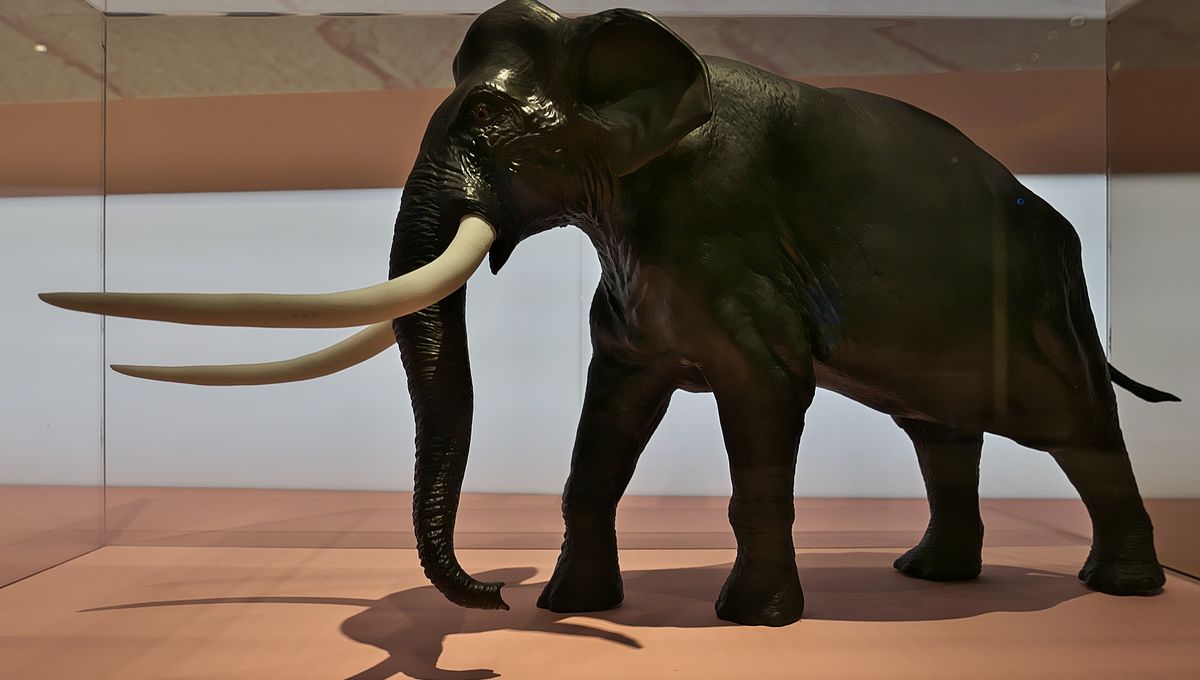Imagine surviving ice ages for hundreds of thousands of years. That’s exactly what the ancient creature Palaeoloxodon did in southern Europe and the Middle East. These massive elephants faced a constant struggle for food, but their biggest threat came from an unexpected enemy – humans.
Neanderthals, known for their impressive toolmaking skills, may have been the ones to take on these formidable beasts. While it’s hard to prove, a recent study led by Professor Sabine Gaudzinski-Windheuser suggests that Neanderthals did indeed hunt and consume these elephants. The evidence? Abundant cutmarks on bones found at the Neumark-Nord 1 site in Germany.
The concentration of bones in one place and the specific cutmarks indicate that these elephants were intentionally butchered by Neanderthals. It’s unlikely that they were simply scavenging on dead elephants, as the bones mostly came from fully grown individuals – not typical prey for predators of the time.
The process of cutting up and processing such a massive creature would have taken a team of Neanderthals several days. And since humans can’t survive on meat alone, it’s estimated that an extended family of 25 would have needed three months to consume all the meat.
This discovery challenges previous assumptions about Neanderthals and their hunting practices. It suggests that these ancient humans were not only skilled hunters but also capable of changing their environment through their gathering of vegetables to accompany their roast elephant.
It’s important to note that not all Neanderthals engaged in elephant hunting. They were a diverse group with various adaptive behaviors that allowed them to thrive in different ecosystems. However, this finding does shed new light on other sites where Neanderthal tools were found alongside the remains of large animals like mammoths and rhinoceroses. It’s now less likely that Neanderthals were merely scavengers.
This groundbreaking research is published in Science Advances.








